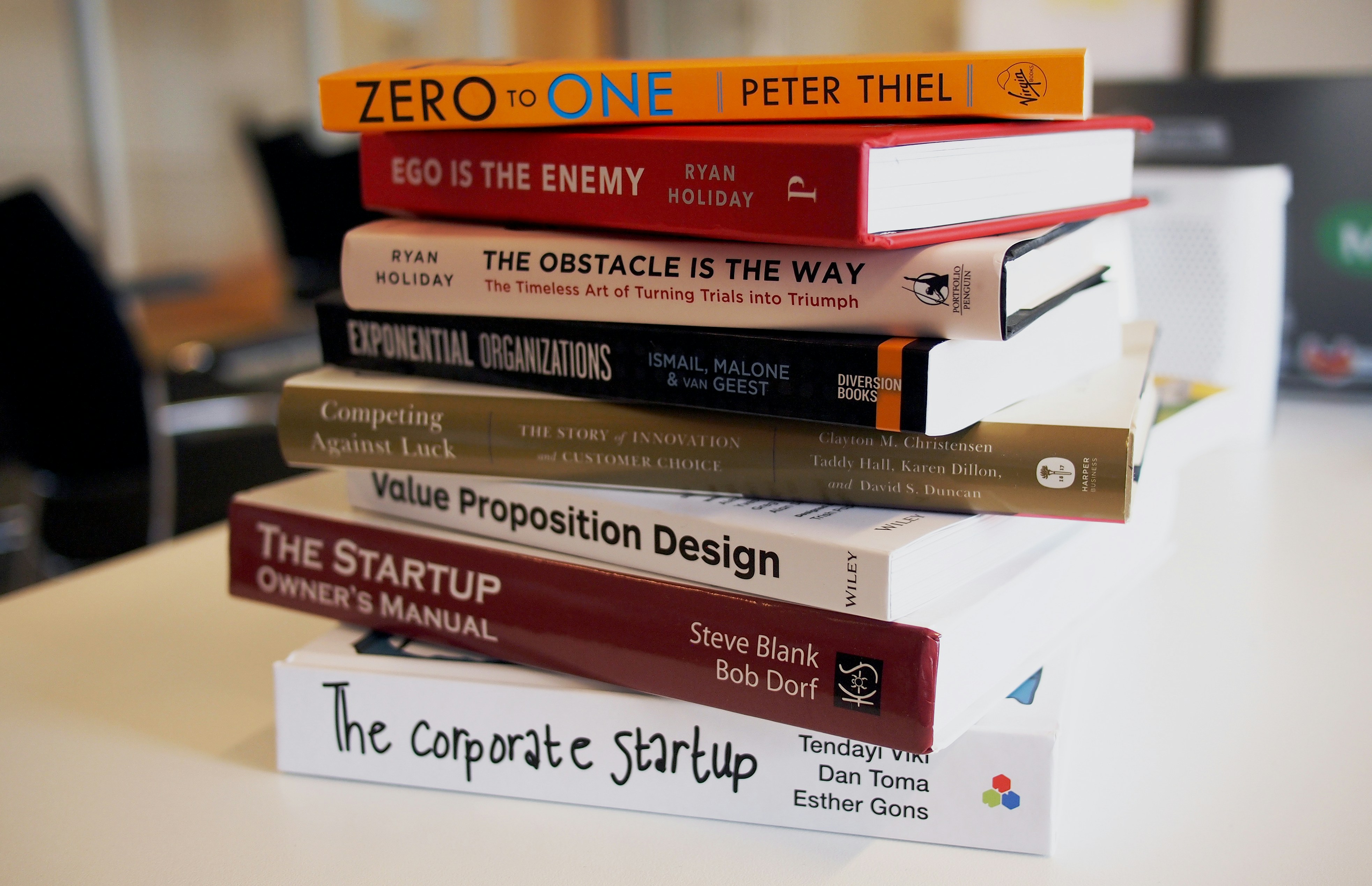How to Boost Critical Thinking in Children: Storytelling Strategies | Child Development Guide
How to Boost Critical Thinking in Children: Storytelling Strategies That Work
In today's rapidly changing world, critical thinking stands as one of the most valuable skills we can nurture in our children. Unlike memorization or rote learning, critical thinking empowers children to analyze information, solve complex problems, and make reasoned decisions. Research from the American Psychological Association reveals that children who develop strong critical thinking skills show 30% greater academic achievement and demonstrate enhanced creativity. The exciting news? Stories and storytelling provide the perfect vehicle to develop these essential cognitive abilities.

Why Critical Thinking Matters in Childhood Development
The Cognitive Building Blocks
Critical thinking in children isn't about complicated philosophical debates—it's about nurturing fundamental cognitive processes. When we help children develop questioning skills, logical reasoning, and evidence evaluation, we're strengthening neural pathways that support all future learning. These skills transform passive information receivers into active knowledge processors.
Long-Term Benefits Beyond Academics
A Cambridge University longitudinal study found that children with strong critical thinking skills become adults who demonstrate better financial decision-making, healthier lifestyle choices, and more successful conflict resolution. These skills create resilient individuals who can navigate our complex information landscape.

Storytelling: Your Secret Weapon for Developing Young Thinkers
Why Stories Captivate Young Minds
Stories create neurological fireworks in children's brains. MRI studies show that when children hear engaging narratives, multiple brain regions light up simultaneously—emotional centers, sensory processing areas, and logical reasoning circuits. This unique neural activation makes stories the perfect vehicle for cognitive development.
Types of Stories That Build Critical Thinking
- Fairy Tales & Fables: Timeless stories like Aesop's Fables naturally present moral dilemmas and consequences
- Mystery & Adventure Stories: Encourage prediction and problem-solving as children follow clues
- Moral Dilemma Tales: Stories presenting ethical questions stimulate deep discussion
- "What If?" Scenarios: Imaginative stories exploring alternative realities
- Open-Ended Picture Books: Wordless or minimally narrated books that require interpretation

Practical Strategies to Enhance Critical Thinking Through Stories
The Questioning Framework
Transform storytime into think-time with strategic questions:
- Before Reading: "What do you think might happen based on the cover?"
- During Reading: "Why do you think the character made that choice?"
- After Reading: "What would you have done differently?" or "Was there another solution?"
Story Modification Techniques
Help children become active story creators:
- Change story endings and discuss consequences
- Insert new characters into familiar tales
- Transform villains into heroes (and vice versa)
- Place characters in different time periods

Evidence-Based Discussions
Teach children to support opinions with story evidence:
"That's an interesting perspective! What in the story makes you think that?" This simple follow-up question trains children to base conclusions on textual evidence rather than unsupported opinions.

Age-Specific Story Techniques
Toddlers (2-4 years)
Focus on simple choices in picture books: "Should the bunny go through the gate or under the fence? Why?" Use repetitive questions to build prediction skills.
Preschoolers (4-6 years)
Introduce "what's wrong here?" scenarios in illustrated stories. Discuss character emotions using visual cues. Practice simple sequencing with picture cards.
Early Readers (6-8 years)
Explore alternative endings to familiar fairy tales. Introduce mystery stories with solvable clues. Compare different versions of the same folk tale.
Advanced Readers (8+ years)
Analyze character motivations in complex stories. Discuss ethical dilemmas in age-appropriate novels. Create "what if?" alternate history scenarios.

Beyond Books: Expanding Critical Thinking Opportunities
Interactive Storytelling Techniques
Transform passive listening into active participation:
- Story Stones: Painted rocks with images that children arrange to create narratives
- Digital Story Builders: Apps that let children construct interactive stories
- Role-Play Costume Box: Dress-up items that inspire dramatic story reenactments
Connecting Stories to Real-World Experiences
After reading a story about sharing, ask: "Remember when you shared your snack yesterday? How did that make you feel?" Help children recognize patterns between fictional scenarios and real-life situations.

Cultivating Lifelong Thinkers
Developing critical thinking through stories isn't about formal lessons—it's about transforming everyday interactions into opportunities for cognitive growth. Each story discussion, each "why" question explored, each alternative ending imagined builds your child's capacity for reasoned analysis. The magic happens when children move beyond "what happened" to explore "why it happened" and "how it might be different."
Remember that progress comes through consistent practice. Children who regularly engage in story-based critical thinking exercises show measurable improvement in problem-solving tests within just 8-10 weeks. The stories you explore today become the cognitive toolkit your child will use for a lifetime.

Ready to Transform Storytime?
Discover our specially curated collection of critical thinking-boosting stories designed to spark meaningful discussions. Each story includes discussion guides and activity suggestions to maximize cognitive development.
Explore Magical Bedtime Stories Collection